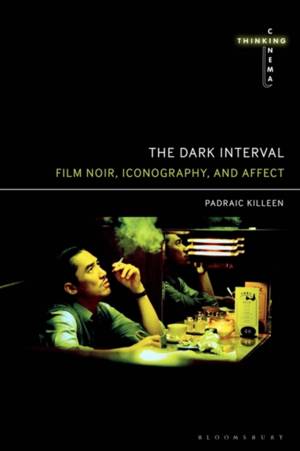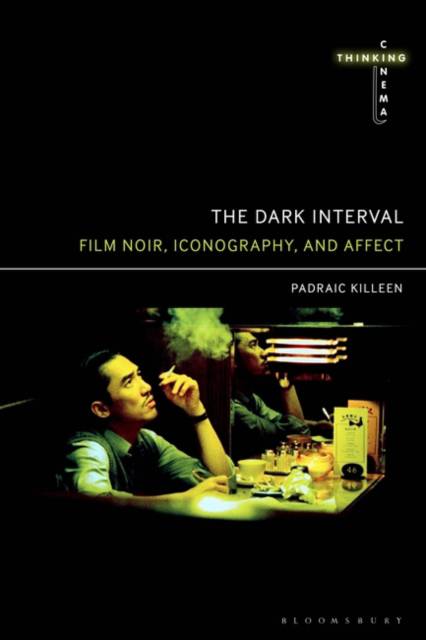
- Afhalen na 1 uur in een winkel met voorraad
- Gratis thuislevering in België vanaf € 30
- Ruim aanbod met 7 miljoen producten
- Afhalen na 1 uur in een winkel met voorraad
- Gratis thuislevering in België vanaf € 30
- Ruim aanbod met 7 miljoen producten
Zoeken
€ 67,95
+ 135 punten
Uitvoering
Omschrijving
Invoking key concepts from the philosophical writings of Gilles Deleuze and Giorgio Agamben, The Dark Interval examines a subtle but distinct iconography of passivity, stillness and profound self-affection that recurs across noir films of every era. In doing so, it identifies the emergence of a specific cinematic figure - the 'intervallic' noir protagonist exposed to the redemptive force of his or her own passion. Significantly, the book contextualises the iconography of film noir in relation to prior art-historical visual traditions, in particular earlier representations of melancholia and the saturnine, locating noir against a much broader canvas than has been the norm. Examining central noir films of the classic and modern era (The Killers, The Man Who Wasn't There) as well as films at the peripheries of noir (from Jacques Tourneur's Cat People to Wong Kar Wai's 2046), the book locates a series of iconographic gestures, performance traditions and affective tonalities at once specific to noir and yet resonant with a deeper cultural and philosophical heritage. It is a meditation that uniquely grapples with the look and the feel of noir, and which dares to detect a unique quality of 'beatitude' that runs through a certain strain of noir films. In doing so, it illuminates why film noir remains one of the most provocative and affecting visual milieus of our time.
Specificaties
Betrokkenen
- Auteur(s):
- Uitgeverij:
Inhoud
- Aantal bladzijden:
- 280
- Taal:
- Engels
- Reeks:
Eigenschappen
- Productcode (EAN):
- 9781501393037
- Verschijningsdatum:
- 28/12/2023
- Uitvoering:
- Paperback
- Formaat:
- Trade paperback (VS)
- Afmetingen:
- 152 mm x 229 mm
- Gewicht:
- 381 g

Alleen bij Standaard Boekhandel
+ 135 punten op je klantenkaart van Standaard Boekhandel
Beoordelingen
We publiceren alleen reviews die voldoen aan de voorwaarden voor reviews. Bekijk onze voorwaarden voor reviews.











